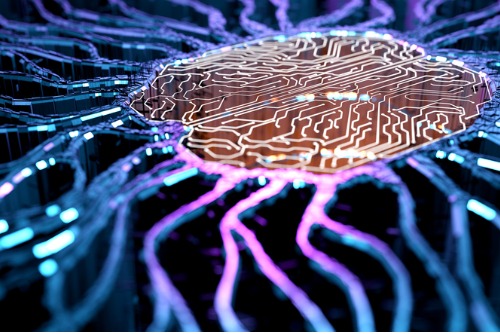

When it comes to the impact of AI on business and society – especially in managing data, automating processes, and increasing productivity – the upside is enormous. But along with the big business benefits come big – and sometimes new – business risks. And cyber risks are among the biggest.
“AI comes with potential benefits and risks in many areas: economic, political, mobility, healthcare, defense and the environment,” says Michael Bruch, head of emerging trends at Allianz Global Corporate & Specialty (AGCS). “Active risk management strategies will be needed to maximize the net benefits of a full introduction of advanced AI applications into society.”
In its recent report “The Rise of Artificial Intelligence: Future Outlook and Emerging Risks”, AGCS identifies five crucial areas in which emerging AI risks can be rife:
“By addressing each of these areas, responsible development and introduction of AI becomes less hazardous for society,” explained Bruch. “Preventive measures that reduce risks from unintended consequences are essential.”
The emerging risks impact noted in the report includes:
The insurance industry has been an early adopter of AI, and that’s good news. “There is a huge potential for AI to improve the insurance value chain,” , Bruch says. “Initially, it will help automate insurance processes to enable better delivery to our customers. Policies can be issued and claims processed faster and more efficiently.”
